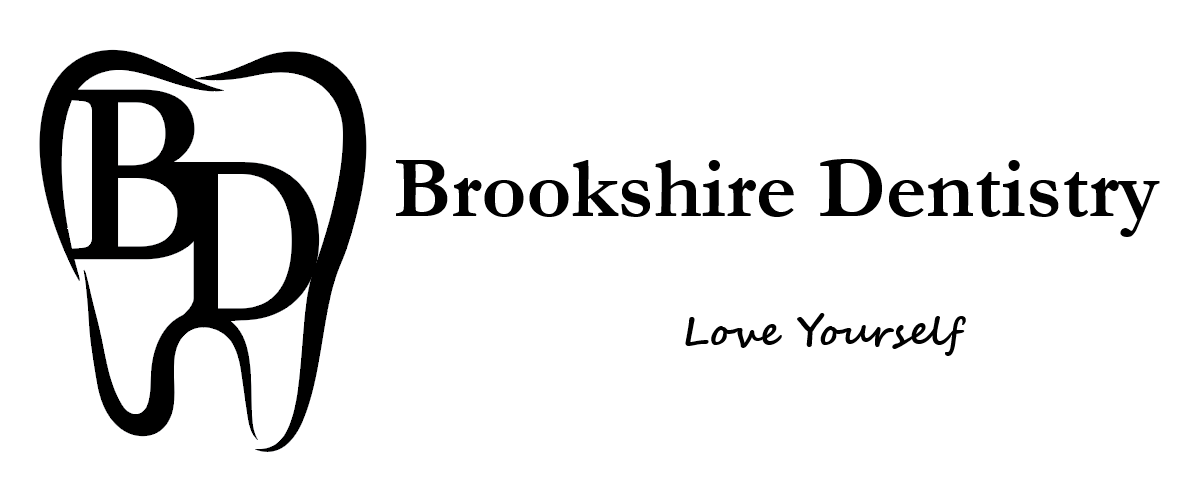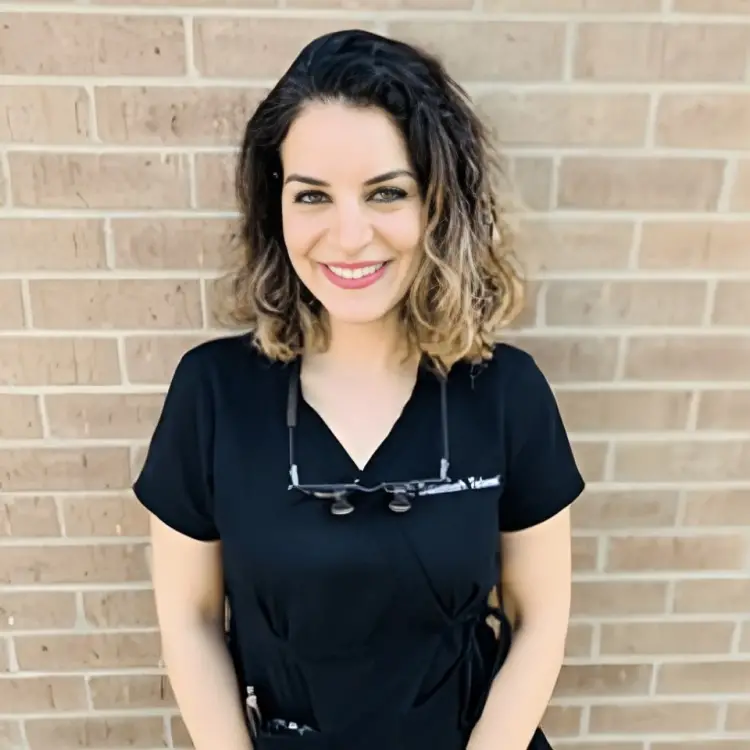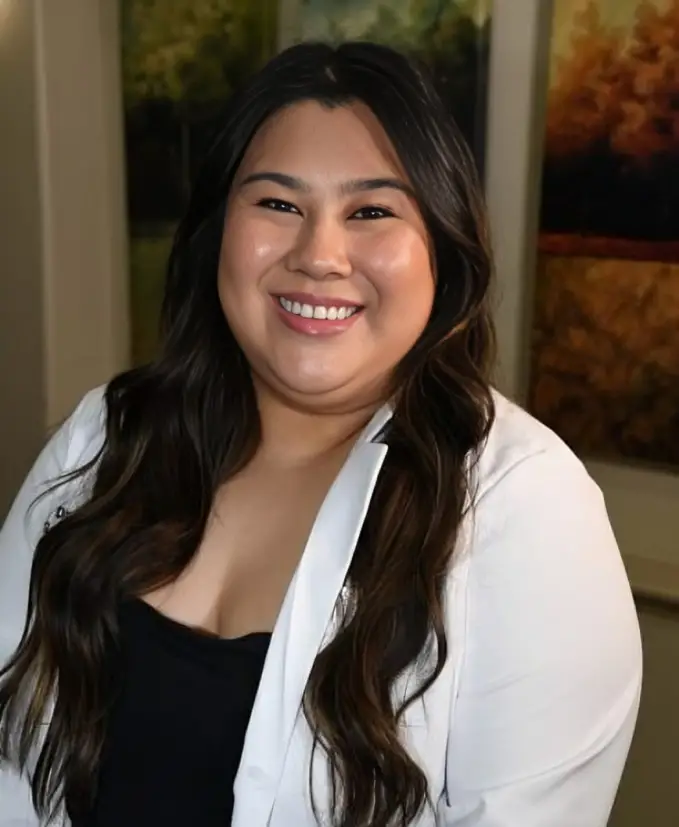Sleep apnea is a common but serious sleep disorder that affects millions of people worldwide. At Brookshire Dentistry in Hurst, TX, Dr. Salomeh Tehrani, DDS, MPH, and her team are committed to helping patients identify and treat this condition to improve overall health and well-being. In this guide, we will explore what sleep apnea is, its types, symptoms, risk factors, and treatment options to help you understand if you might be experiencing sleep apnea and what steps you can take.
What Is Sleep Apnea?
Sleep apnea is a disorder characterized by interruptions in breathing during sleep. These interruptions can last from a few seconds to minutes and can occur multiple times throughout the night. When breathing stops, the brain temporarily wakes you up to resume normal breathing, disrupting your sleep cycle. Over time, these disruptions can lead to various health complications, including fatigue, high blood pressure, heart disease, and more.
Types of Sleep Apnea
There are three main types of sleep apnea:
- Obstructive Sleep Apnea (OSA): The most common form of OSA occurs when the muscles in the throat relax excessively during sleep, causing a partial or complete blockage of the airway.
- Central Sleep Apnea (CSA): This type is less common and occurs when the brain fails to send the proper signals to the muscles responsible for controlling breathing.
- Complex Sleep Apnea Syndrome: Also known as treatment-emergent central sleep apnea, this type is a combination of OSA and CSA.
Signs and Symptoms of Sleep Apnea
Identifying the symptoms of sleep apnea is crucial for determining whether you may be suffering from this disorder. While some symptoms may be apparent to the individual, others may be noticed by a partner or family member.
Common Symptoms Include:
- Loud Snoring: One of the most noticeable signs of obstructive sleep apnea is loud and chronic snoring, particularly when accompanied by gasping or choking sounds.
- Pauses in Breathing: Your bed partner may notice periods during which you stop breathing while you sleep. These pauses are often followed by a choking or gasping sound as you catch your breath.
- Daytime Fatigue: Despite getting a full night’s rest, you may feel excessively tired during the day, find it difficult to concentrate, or even fall asleep during routine activities like driving or working.
- Morning Headaches: Frequent morning headaches are a common symptom of sleep apnea and are caused by the frequent drops in oxygen levels during the night.
- Dry Mouth or Sore Throat: Waking up with a dry mouth or sore throat can be a sign that you’re breathing through your mouth while sleeping, which is often associated with sleep apnea.
- Restless Sleep: Constant tossing and turning during the night or difficulty staying asleep may be linked to disrupted breathing patterns.
- Irritability or Mood Changes: Sleep deprivation caused by sleep apnea can lead to increased irritability, mood swings, or even symptoms of depression.
Risk Factors for Sleep Apnea
Several factors can increase the likelihood of developing sleep apnea. While anyone can be affected, certain groups may be at a higher risk.
- Excess Weight: Obesity is a major risk factor for obstructive sleep apnea. Fat deposits around the upper airway can obstruct breathing during sleep.
- Neck Circumference: Individuals with a larger neck circumference may have narrower airways, which increases the likelihood of airway obstruction during sleep.
- Age: Sleep apnea is more common in older adults, although it can affect people of all ages, including children.
- Gender: Men are more likely to develop sleep apnea than women, although the risk for women increases during and after menopause.
- Family History: A family history of sleep apnea may increase your risk of developing the condition.
- Use of Alcohol or Sedatives: These substances relax the muscles in the throat, which can worsen obstructive sleep apnea.
- Smoking: Smokers have a higher risk of sleep apnea due to increased inflammation and fluid retention in the upper airway.
Diagnosis of Sleep Apnea
If you suspect that you have sleep apnea, it is essential to seek medical advice for a proper diagnosis. The first step often involves a consultation with Dr. Salomeh Tehrani or a sleep specialist. They will review your symptoms, medical history, and conduct a physical examination.
The most common diagnostic test for sleep apnea is a polysomnography (sleep study). This can either be conducted at a sleep center or in your own home using a portable monitor. During the sleep study, your heart rate, breathing patterns, oxygen levels, and other vital signs are monitored to detect any abnormalities.
Treatment Options for Sleep Apnea
The good news is that sleep apnea is treatable, and there are various options available depending on the severity of the condition and the specific needs of the patient.
Lifestyle Changes
In mild cases of sleep apnea, simple lifestyle changes can significantly reduce symptoms:
- Weight Loss: Losing weight can reduce pressure on the airway and improve breathing.
- Sleep Position: Sleeping on your side instead of your back may prevent airway blockages.
- Avoiding Alcohol and Smoking: Reducing or eliminating alcohol consumption and quitting smoking can improve sleep apnea symptoms.
Continuous Positive Airway Pressure (CPAP)
For moderate to severe cases of obstructive sleep apnea, a CPAP machine is often recommended. This device delivers a steady stream of air through a mask worn over your nose or mouth, keeping your airway open during sleep. While it may take time to get used to, CPAP is considered one of the most effective treatments for sleep apnea.
Oral Appliance Therapy
For patients who cannot tolerate a CPAP machine or prefer a less invasive option, Dr. Tehrani at Brookshire Dentistry may recommend oral appliance therapy. This custom-made device is worn during sleep to keep the airway open by repositioning the jaw or tongue. It is a popular and effective treatment for mild to moderate obstructive sleep apnea.
Surgery
In some cases, surgery may be necessary to address the underlying cause of sleep apnea, such as enlarged tonsils or a deviated septum. Surgical options vary and are typically considered when other treatments are ineffective.
When to See a Dentist for Sleep Apnea
If you suspect you have sleep apnea, don’t wait to seek help. Untreated sleep apnea can lead to severe health issues, including heart disease, stroke, diabetes, and even cognitive decline. Dr. Salomeh Tehrani and the team at Brookshire Dentistry in Hurst, TX, are here to guide you through the diagnosis and treatment process. A dental professional can play a significant role in managing sleep apnea, particularly through the use of oral appliance therapy.
Conclusion
Sleep apnea is a potentially serious condition, but it is also highly treatable. If you or a loved one is experiencing symptoms like loud snoring, daytime fatigue, or frequent pauses in breathing during sleep, it’s important to seek professional evaluation. At Brookshire Dentistry, we are dedicated to improving our patient’s overall health by addressing sleep apnea and providing effective treatment options tailored to your needs. Contact us today to schedule a consultation with Dr. Salomeh Tehrani and take the first step toward a better night’s sleep.
Office Hours
MON8:00 am - 5:00 pm
TUE8:00 am - 5:00 pm
WED8:00 am - 5:00 pm
THU8:00 am - 5:00 pm
FRI8:00 am - 4:00 pm
SATClosed
SUNClosed



